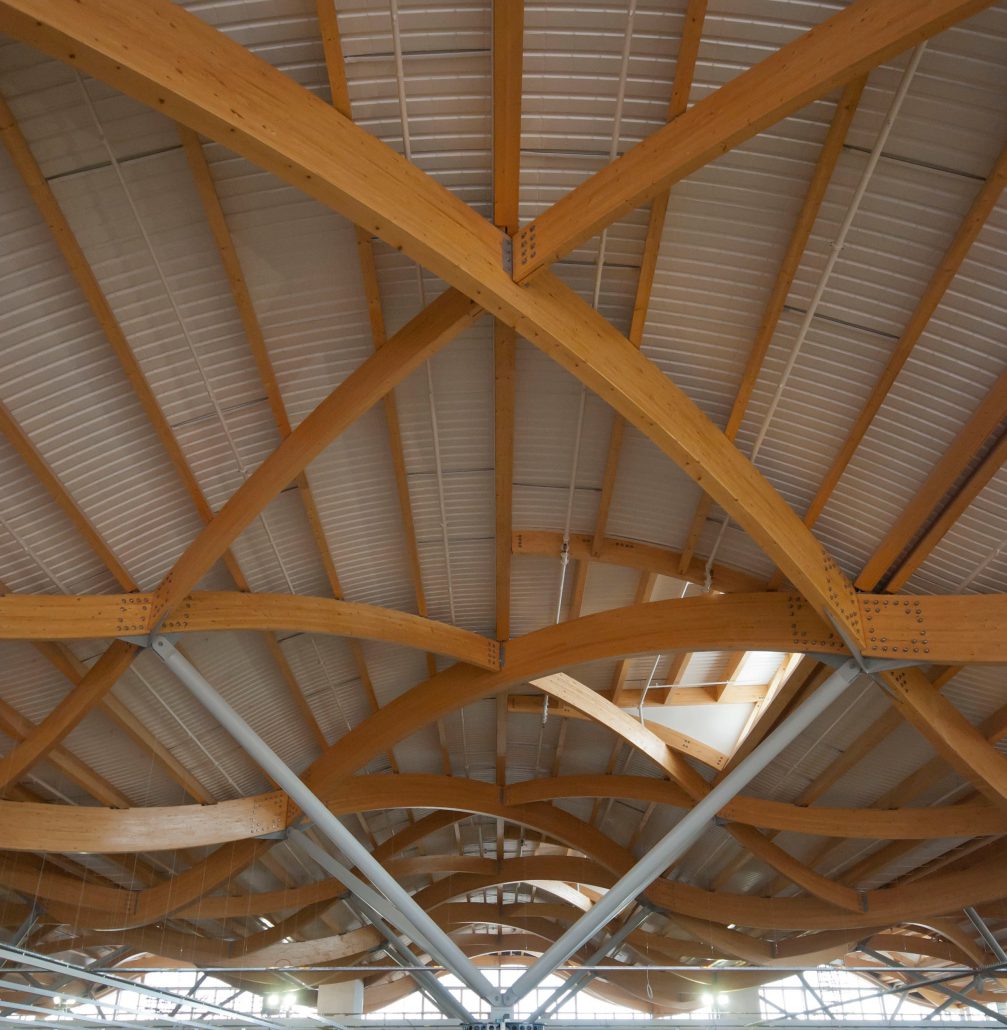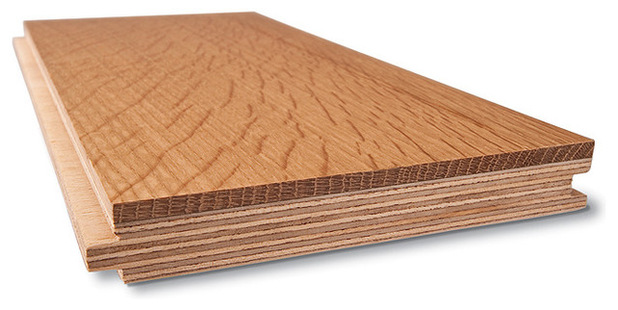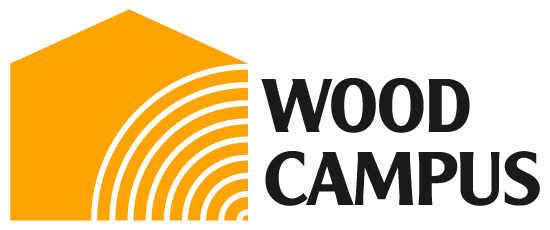Engineered Wood Products
TOPIC CHECKLIST
- Would solid wood meet your project’s needs?
- Would sustainable glulam be better than a steel beam?
- Do you want to make a visual feature of the structure?*
- Is speed and accuracy important to your building?
- Is your building site in a sensitive area?
What are Engineered Wood Products?
Timber products that have been engineered to remove natural weaknesses and enhance natural strengths. They provide stronger, longer, wider and more stable solutions than natural timber.
They deliver sustainable, low carbon structural solutions with a unique elegance, low weight and natural beauty.
This topic focuses on the most common structural products:
- I Beams
- Glulam
- LVL (Laminated Veneered Lumber)
- Engineered wood flooring
- CLT (cross-laminated timber panels)
Sheet materials, like plywood, and engineered joinery timber are covered in separate Topics.

The Key Benefits
- Stronger sections
- Stiffer sections
- Greater stability
- Greater lengths and spans
- Consistency – particularly as they are factory manufactured with lower moisture contents, a benefit when being installed in heated buildings
I Beams or I Joists
The most widely specified engineered wood product in the UK. Used in residential and commercial construction as load-bearing and non load-bearing members for floors, walls and roofs.
Made with conventional timber or LVL flanges linked with a panel product web, typically OSB. Some joists are made with metal web inserts, making access to services easier.
- Often used instead of the traditional solid timber sections for floor and ceiling joist and for forming wall sections in timber frame style buildings
- Available in a range of flange widths (typically 47–97mm), joist depths (145-450mm) and standard lengths (8, 9, 10 and 12m)
- Products backed by precise calculations, for specifier confidence
- Light-weight and stable
- Designed for ease of services installation


Glulam
A high specification engineered timber beam, with excellent strength, stiffness and dimensional stability, glulam is made from parallel solid timber sections, glued together under high pressure.
- Available in curved sections for forming arches and special features
- Lengths up to 12 metres
- Widths from 38-240mm
- Fire resistance similar to solid timber, with slow charring and strength retention
- Available in visual and non-visual finishes


LVL
LVL is made from rotary-peeled veneers of solid timber glued to form continuous panels, like giant sheets of plywood.
Used where long spans are needed, e.g. roof and floor joists, as well as for forming lintels.
Available in two different styles:
- Parallel wood grain in all the veneers – ideal for joists and beams
- Mainly parallel wood grain with 20% grain at right angles. Gives a uniform stiffness with exceptional dimensional stability and high compression strength.
Benefits include:
- Good bending resistance, tension and compression properties
- Good load bearing characteristics
- Can be used both vertically and horizontally, providing design flexibility
- Available in widths up to 2.5m, which can be cut into narrower widths
- Available in lengths up to 26m
Engineered wood flooring
Provides the look, feel, comfort and durability of a solid wooden floor, with greater stability, minimizing movement due to changes in moisture content.
Particularly suitable for continuous floors that include higher moisture areas, such as bathrooms and kitchens, along with dryer areas, such as living rooms. May be suitable for using with underfloor heating (check manufacturer’s advice).
The tongue and groove boards consist of a solid timber surface bonded to an engineered timber substrate for strength and stability.
Available with a variety of surface veneers and thicknesses.
CLT
Cross-laminated timber panels are large, rigid, solid timber construction sheets used for all elements of a building’s superstructure – walls, floors and roofs.
They are made from kiln-dried, finger-jointed timber planks (typically spruce), cut into sheets and bonded under pressure in perpendicular layers.
CLT is an ideal material for off-site construction, with panels arriving on site machined to precise sizes, including apertures and trunking conduits. Benefits include:
- Exceptional construction speed, with most structures watertight in days
- Exceptional carbon storage because of the volume of timber used, making carbon negative buildings possible
- Suitable strength and stability for multi-storey developments (the UK already has a 10-storey CLT building)
- Clean and quiet construction site with no need for heavy tools
- Relatively low site skills
- High comfort for occupants, with good humidity control from the ‘breathable’ structure
Panels are available in lengths of up to 22m and widths of up to 3.5m. Floor panels are generally manufactured in 2.4m widths, wall panels in 2.95m widths. Panel lengths are dependent on delivery and site logistics.
Regulations now ban combustible materials in the external walls of residential buildings over 18m high. This means timber systems, such as CLT, will need separation between the structure and outer face of a building over six storeys high. A number of ways to achieve this can be considered, without compromising the integrity of the CLT structure. This does not affect timber frame systems, which are suitable for lower-rise buildings.
This factsheet was correct at the time of writing but should be viewed in the context of the latest building regulations, for example Approved Document B and Amendments, which governs the use of combustible materials in taller buildings.
These can be found at www.gov.uk/government/collections/approved-documents.



Sustainable timber
Timber is the most sustainable mainstream building product. It is naturally renewable. Over 90% of timber used in UK construction comes from Europe, where more trees are grown than harvested (source: TTF Statistical Review 2016).
Softwood and temperate hardwood forests in Scandinavia, Europe, Canada and North America are stable or growing. Growing forests act as carbon sinks; wood products act as carbon stores.
Ask for PEFC or FSC Chain of Custody certification.
See Wood Campus RIBA CPD module Procuring Sustainable Timber for more on timber certification and sustainability and government requirements.



